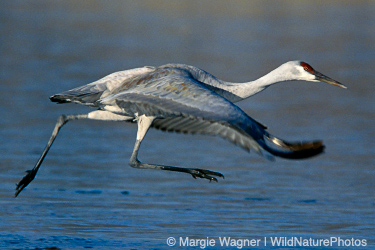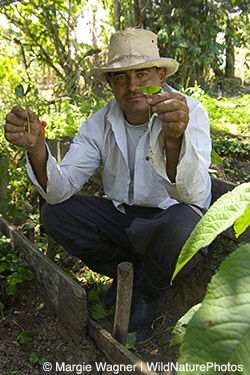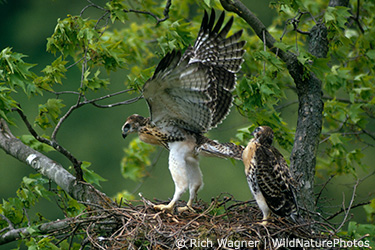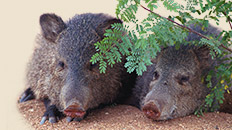| |
Story Ideas
|

|
|
Bosque del Apache National Wildlife Refuge
Bosque
is one of the great success stories of refuge management.
Wintering populations of migratory waterfowl have increased
from fewer than 40 Sandhill Cranes in 1940 to over 18,000
Cranes, 50,000 Snow and Ross's Geese and 40,000 ducks. Every
November the Festival of the Cranes hosts over 160,000
visitors. Winter mornings at Bosque are filled with the
unforgettable mellifluous chatter of Sandhill Cranes
preparing for takeoff, and evening skies reveal endless
flights of Sandhills returning to the marshes to roost.
Throughout the day, startled Snow Geese explode into flight
simultaneously by the thousands, creating enormous visual
walls of black and white wings that dissipate as quickly as
they formed. Intensive management of water levels, soil, and
agriculture through the collaboration of the USFWS, refuge
staff, volunteers, and local farmers has made Bosque the
crown jewel of the Southwest.
More images...
|

|
|
Shade-grown Coffee
Shade-grown coffee farming is increasingly recognized
as a more environmentally friendly and economically viable practice
than traditional farming, as it results in significantly less loss of
bird habitat as well as less pollution of streams and rivers. Large
areas of Central and South America have been overgrazed and have seen
significant erosion of steep slopes due to failed agricultural projects.
Many communities cultivate small amounts of coffee, banana, citrus, and
plantain, often with significant pest problems. Local farmers often cannot
afford pesticides, resulting in crop failure, economic ruin, and the
formation of low quality pasture called "pasto miel." Most of the
cultivated land is in sugarcane, and the disposal of bagasse and ash
byproducts from sugarcane farming frequently contaminates streams and
rivers. New farming systems must meet the economic goals of the farmers
without further degrading the environment.
On the Ochongo farm in Northwestern Pichincha Province, Ecuador, the
Maquipucuna Foundation is introducing a new way of farming. Banana trees
are planted to produce shade for new coffee plants and young woody
trees. Bananas trees grow very rapidly and produce fruit in just eight
months. A moth larva parasitizes the banana trees, but Marco, a manager of
the project, has shown that pesticides can be avoided by aggressively
cutting down infested banana trees. The Maquipucuna Foundation's
ambition is for the banana's shade to assist healthy coffee growth in the
short-term. Larger, but slower growing trees will add to the shade
production and enable reforestation of the hillsides and improve bird
habitat and animal diversity. Coffee from this experimental project is
being sold in the US under the brand Choco Andes.
More images...
|

|
|
Bird Nests
Nesting is one of the most fascinating animal
behaviors. Precocious birds like killdeer, quail, and ducks
lay their eggs on the ground in nothing more than a hollow.
Their down-covered chicks are able to walk and feed at birth.
Altricial birds like songbirds and raptors are master
carpenters, constructing high-rise platforms, woven cups, and
hanging baskets for the sole purpose of raising their naked,
helpless offspring until they are old enough to fledge. Nests
built close to the ground, like those of the Hooded Warbler
and the Broad-billed Hummingbird, are often heavily
camouflaged. Higher up, Pyrrhuloxia nests are hidden and
nearly inaccessible. Hawks nest high above the ground, as do
Great Blue Herons, presumably as protection from predators.
Nest-building behavior is so tightly programmed into birds
that it is often possible to identify the species just from
the appearance and height of the nest. Finding and
identifying bird nests is rewarding in itself, but watching
birds rear their young is a truly captivating experience.
More images...
|
|
|
|
|
LICENSING INFORMATION
|
|
All images on this site are legally protected by U.S. and International copyright laws and may not be used for reproduction in any manner without authorization. Professional researchers may download a copy of an image for layout and design purposes.
|
Friends of WildNaturePhotos
(External Links)
|

